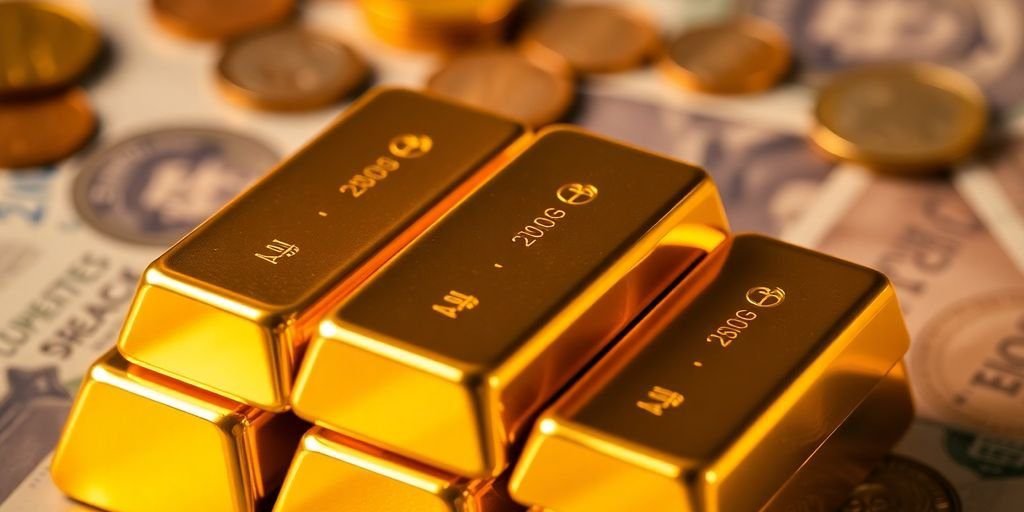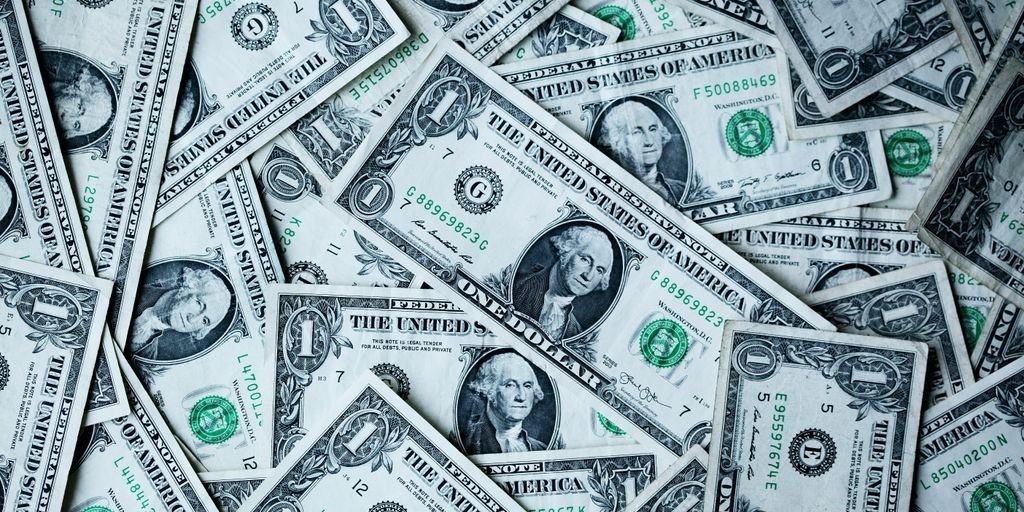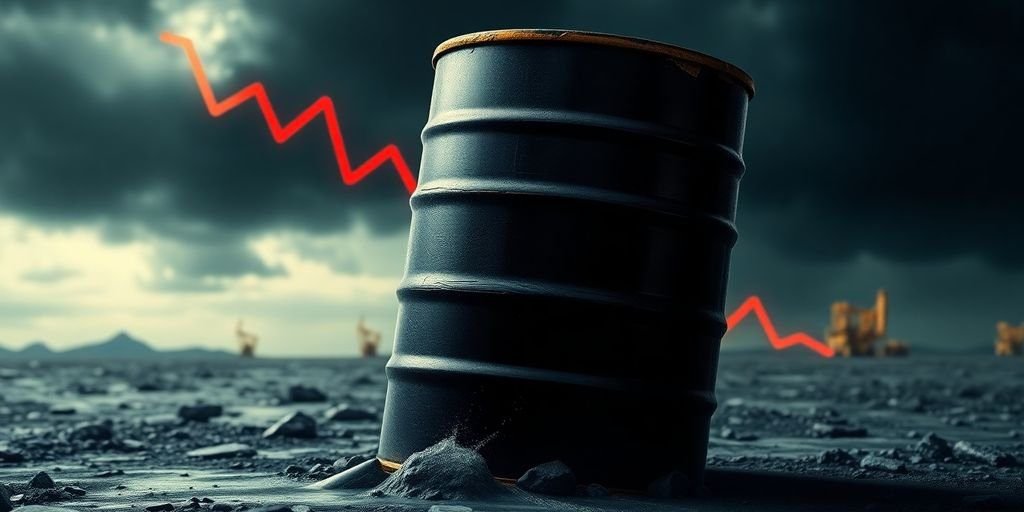Definition of Irrational Exuberance
Irrational exuberance refers to the unfounded market optimism that lacks a basis in fundamentals. Coined by former Federal Reserve Board Chairman Alan Greenspan in 1996, the term describes the phenomenon where asset prices become detached from their intrinsic value. This overconfidence can lead to speculative bubbles, where the surge in asset prices is driven by exuberant behavior rather than realistic financial indicators.
Historical Context of Irrational Exuberance
The concept of irrational exuberance gained prominence during the late 1990s dot-com bubble. Investors poured money into internet-based companies, driving stock prices to unsustainable levels. This era highlighted how excessive market enthusiasm, fueled by speculative investments, can culminate in significant market corrections when reality fails to meet expectations.
Psychological Factors in Irrational Exuberance
Investor psychology plays a critical role in the emergence of irrational exuberance. Herd behavior, overconfidence, and confirmation bias often lead individuals to make investment decisions based on collective sentiment rather than sound financial analysis. These cognitive biases contribute to market anomalies where asset prices soar without tangible justification.
Economic Indicators and Irrational Exuberance
Analyzing economic indicators can help identify periods of irrational exuberance. Key metrics such as price-to-earnings ratios, market capitalization-to-GDP ratios, and housing affordability indexes often deviate from historical norms during these times. Monitoring these indicators provides investors with insights into potential market overvaluations.
Consequences of Irrational Exuberance
The aftermath of irrational exuberance often manifests in market crashes or severe corrections. When the bubble bursts, it can lead to widespread financial instability, as seen in the 2008 financial crisis. The collapse of inflated asset prices results in significant losses for investors, undermining confidence in financial markets.
Case Studies of Irrational Exuberance
Examining case studies such as the dot-com bubble and the 2008 housing market crisis provides a deeper understanding of irrational exuberance. These historical events illustrate the pattern of speculative investment, rapid price increases, and eventual market corrections that characterize irrational exuberance.
Regulatory Responses to Irrational Exuberance
Regulatory bodies often intervene to curb irrational exuberance through monetary policy adjustments and financial regulations. Central banks may increase interest rates to cool overheated markets, while financial authorities might implement stricter lending standards to prevent speculative bubbles.
Prevention Strategies for Irrational Exuberance
Preventing irrational exuberance requires a multi-faceted approach, including investor education, robust financial oversight, and promoting market transparency. Educating investors about the risks of speculative behavior and ensuring that market participants have access to accurate financial information are crucial steps in mitigating irrational market behavior.
Impact of Media on Irrational Exuberance
Media coverage can amplify irrational exuberance by perpetuating hype around certain assets or sectors. Sensational headlines and bullish market predictions can sway investor sentiment, leading to increased speculation. Understanding the media’s influence is vital in discerning between informed investment decisions and those driven by excessive optimism.
Future Outlook on Irrational Exuberance
While markets have become more sophisticated, the potential for irrational exuberance persists. Advances in technology and the emergence of new asset classes, such as cryptocurrencies, present new arenas for speculative behavior. Vigilant market analysis and adaptive regulatory frameworks are essential in navigating the challenges posed by future instances of irrational exuberance.







